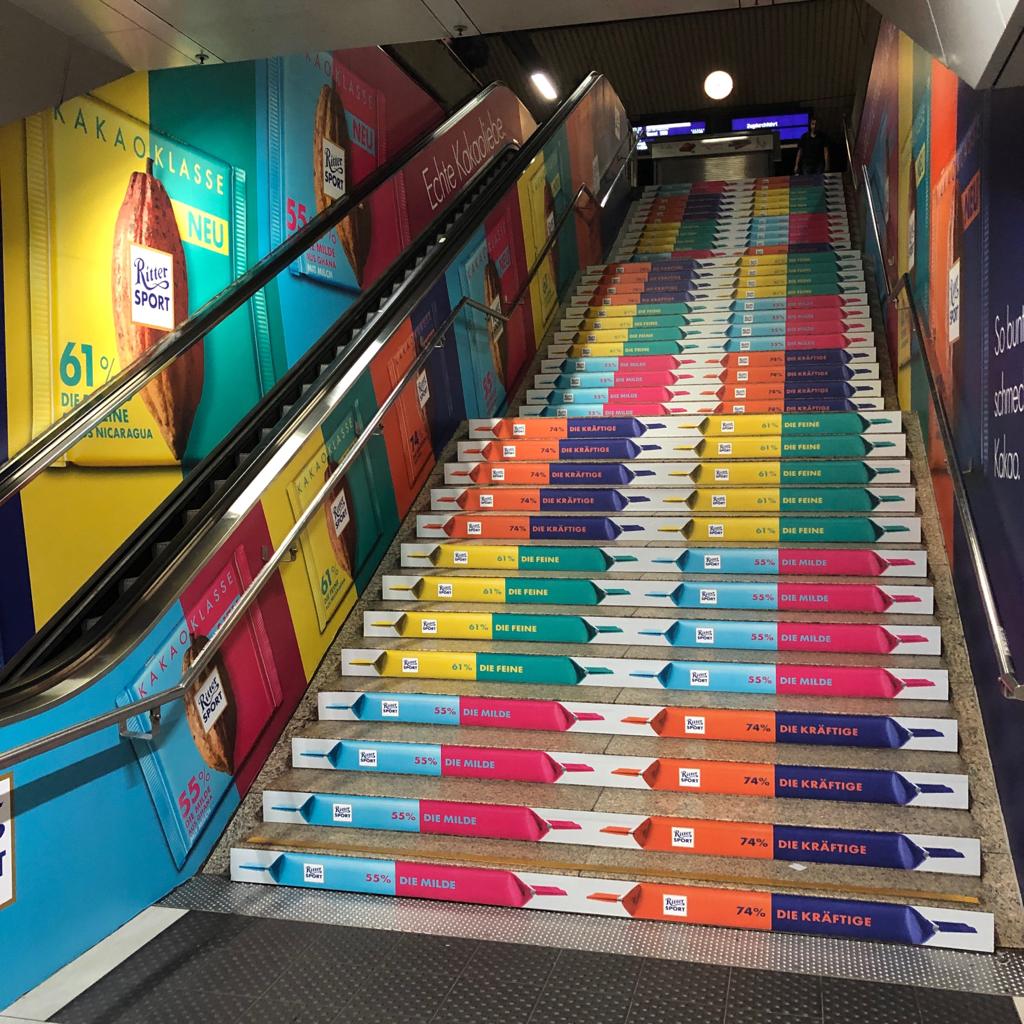In the ever-evolving world of retail, standing out and captivating customers is more crucial than ever. One of the most dynamic ways to achieve this is through the use of motion graphics in retail displays. Motion graphics bring a new dimension to signage and displays, engaging customers in ways traditional static signs cannot. In this blog article, we’ll explore the role of motion graphics in modern retail displays and how they can enhance your retail environment.
What Are Motion Graphics?
Motion graphics are digital animations that combine graphic design with video elements. They can include text, images, and other visual elements that move or change over time. Unlike static graphics, motion graphics can convey information more dynamically and attractively, making them ideal for retail applications.
Benefits of Motion Graphics in Retail Displays
- Enhanced Customer EngagementMotion graphics capture attention more effectively than static displays. The movement draws the eye and encourages customers to stop and take a closer look, increasing the likelihood of engagement and interaction.
- Tip: Use motion graphics to highlight special offers, new products, or store events to capture attention and drive sales.
- Improved Information RetentionMoving visuals can make information easier to understand and remember. Motion graphics can illustrate complex concepts, showcase product features, or demonstrate how products work in a memorable way.
- Tip: Incorporate educational or how-to content in your motion graphics to help customers better understand your products or services.
- Increased Brand VisibilityMotion graphics provide an opportunity to reinforce your brand’s identity with animated logos, taglines, and brand colors. This dynamic presentation can make your brand more memorable and differentiate it from competitors.
- Tip: Include your brand’s unique elements in the motion graphics to strengthen brand recognition and consistency.
- Attracts Foot TrafficEye-catching motion graphics can draw customers into your store, especially when used in window displays or exterior signage. The movement can pique curiosity and encourage passersby to enter and explore.
- Tip: Use motion graphics in storefront displays to create visual interest and attract potential customers.
- Flexible and CustomizableMotion graphics can be easily updated or customized to reflect seasonal promotions, product changes, or special events. This flexibility allows you to keep your displays fresh and relevant without the need for new physical signage.
- Tip: Regularly update your motion graphics content to keep your displays current and engaging.
- Interactive ExperiencesAdvanced motion graphics can be integrated with interactive elements, such as touchscreens or motion sensors, to create immersive experiences. This interactivity can enhance customer engagement and provide a memorable shopping experience.
- Tip: Incorporate interactive features into your motion graphics to allow customers to explore products or participate in activities.
- Cost-Effective Over TimeWhile the initial investment in motion graphics may be higher than static signs, the ability to update content digitally can reduce long-term costs. You’ll save on printing and production costs associated with traditional signage.
- Tip: Consider the long-term savings of digital content updates when evaluating the cost of motion graphics.
- Supports Multi-Sensory BrandingMotion graphics can be combined with audio elements to create a multi-sensory experience. This integration can enhance the impact of your message and make it more engaging.
- Tip: Use synchronized audio to complement your motion graphics and create a cohesive brand experience.
Best Practices for Implementing Motion Graphics
- Define Your ObjectivesClearly define what you want to achieve with your motion graphics. Whether it’s promoting a sale, showcasing new products, or enhancing the store ambiance, having clear objectives will guide your design and implementation process.
- Tip: Set measurable goals for your motion graphics to assess their effectiveness and impact.
- Design with Your Audience in MindConsider your target audience when designing motion graphics. Ensure that the content is relevant, appealing, and aligned with their preferences and expectations.
- Tip: Use design elements and animations that resonate with your customer base and reflect your brand’s personality.
- Ensure High QualityInvest in high-quality motion graphics that look professional and function smoothly. Poorly designed or glitchy animations can detract from the overall experience and harm your brand’s image.
- Tip: Work with experienced designers or agencies to create polished and effective motion graphics.
- Test and OptimizeBefore full-scale implementation, test your motion graphics in different settings to ensure they perform as expected. Gather feedback from customers and make adjustments as needed to optimize performance.
- Tip: Conduct A/B testing to compare different motion graphics designs and determine which performs best.
- Monitor PerformanceTrack the performance of your motion graphics displays to gauge their impact on customer engagement and sales. Use this data to refine your approach and enhance future displays.
- Tip: Use analytics tools to measure metrics such as foot traffic, dwell time, and customer interactions.
Partner with RetailGraphics – The Retail Signage Company
For innovative and effective motion graphics solutions that elevate your retail displays, partner with RetailGraphics – The Retail Signage Company. Our team of experts specializes in creating dynamic, engaging motion graphics that enhance your retail environment and drive results.
Contact RetailGraphics today to learn how we can help you transform your retail space with cutting-edge motion graphics. Our professionals are ready to assist you in creating captivating displays that make a lasting impression.

